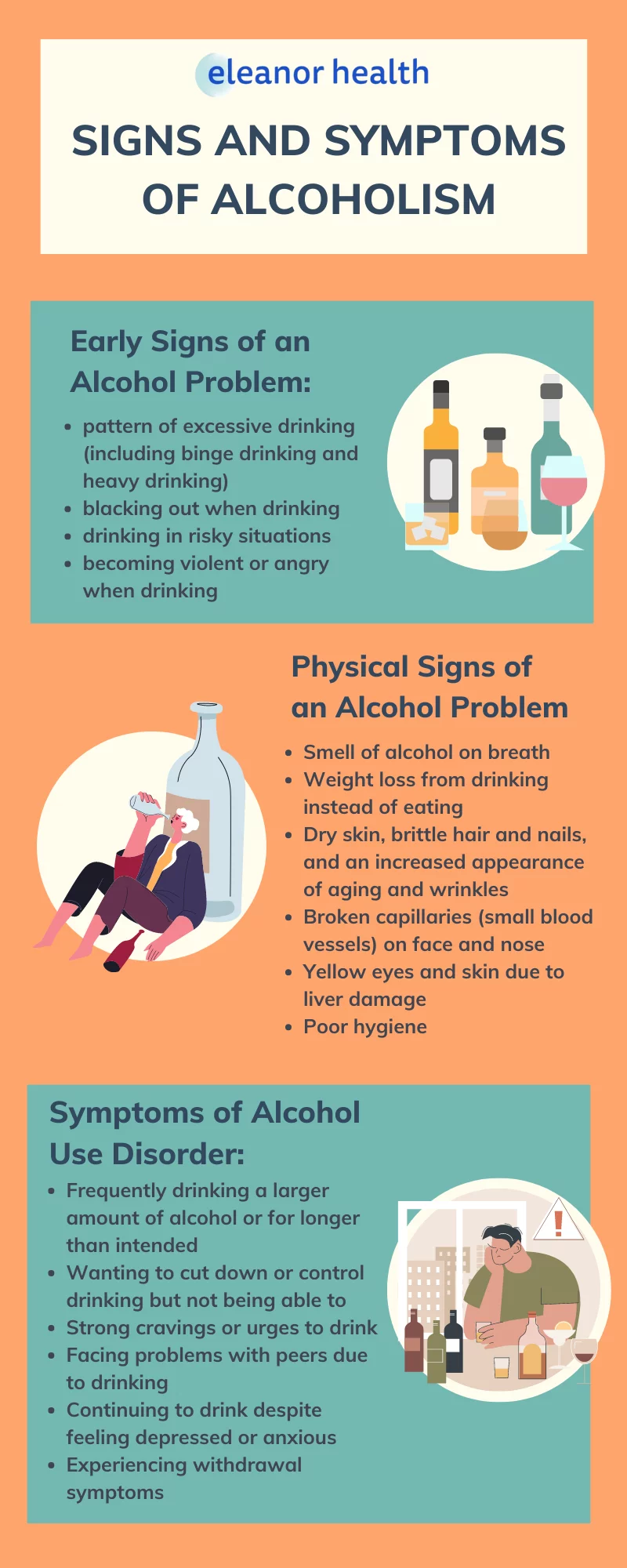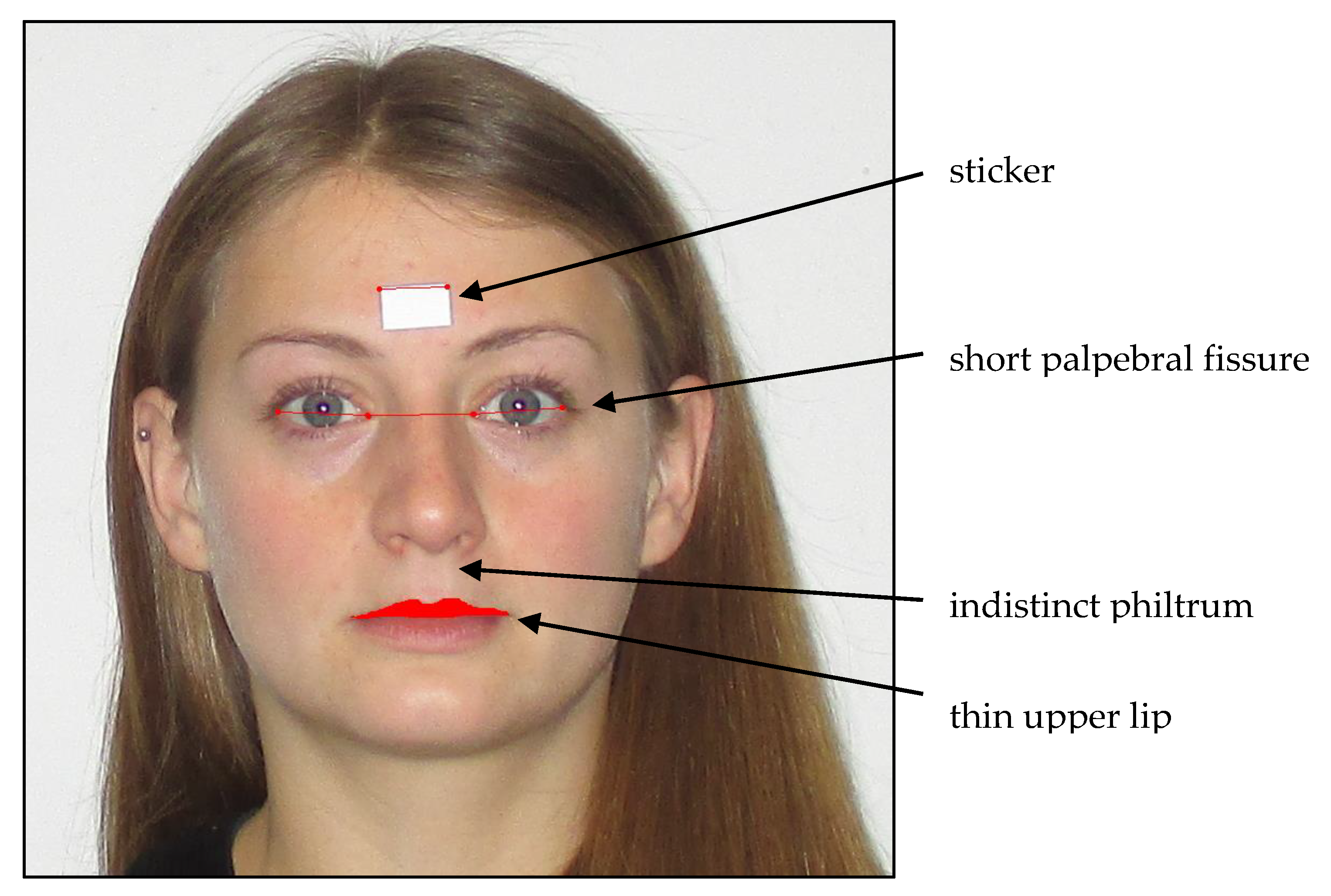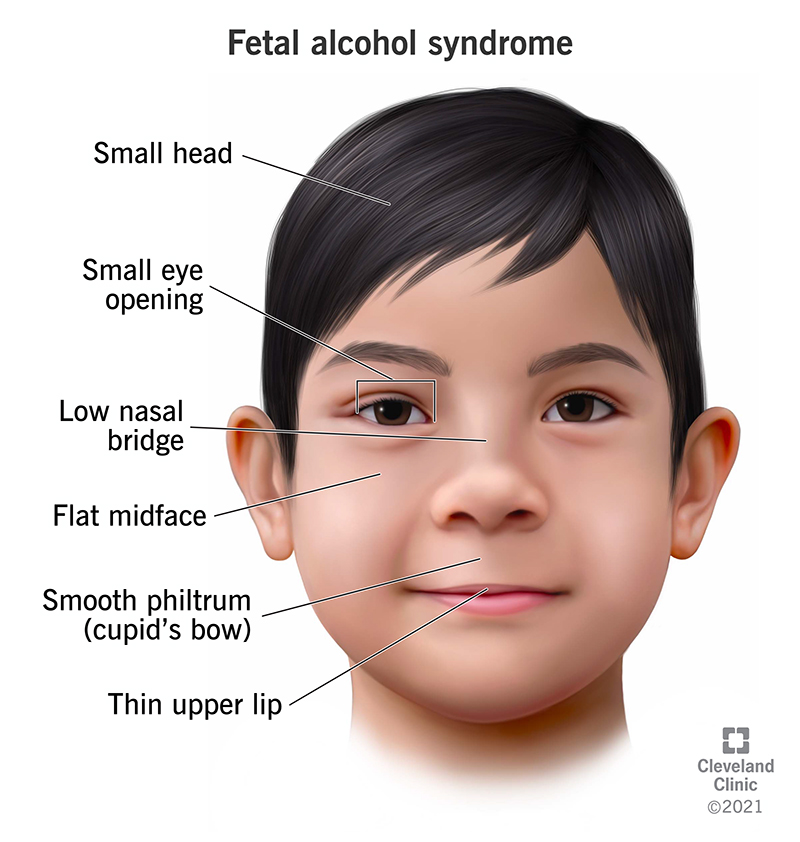Introduction to Alcoholic Facial Signs
Alcohol – it’s a common part of many social gatherings and celebrations. But did you know that excessive drinking can leave its mark on your face? Yes, alcoholic facial signs are a real thing. They can reveal a lot about a person’s drinking habits.
What are Alcoholic Facial Signs?
These signs are physical changes on the face that occur due to excessive alcohol consumption. They include redness or flushing, broken capillaries, puffiness, and a bloated appearance.
Why do they occur?
Alcohol can have various effects on your body and skin. It can cause dehydration and inflammation, leading to these visible signs. The severity can vary based on factors like the amount of alcohol consumed, genetics, and overall health.
Why should you care?
Identifying alcoholic facial signs is not just about vanity. It’s about health. Excessive drinking can lead to serious health risks like heart disease, liver disease, and certain types of cancer.
Recognizing these signs can be a wake-up call to address alcohol-related concerns.
What can you do?
If you or someone you know shows these signs, it’s crucial to take action. Start by recording drinking patterns and setting achievable goals. Seek help and support if needed. Websites like Lower My Drinking can provide relevant resources.
Remember, it’s not just about the face. It’s about the person behind the face. It’s about their health, their relationships, and their future. So, let’s raise a glass to awareness, understanding, and making healthier choices.
Background of Alcoholism and Facial Signs
Alcoholism is a serious health concern that affects millions of people worldwide. It’s not just the internal organs that bear the brunt of excessive alcohol consumption. Your skin, particularly your face, can also show signs of alcohol abuse.
Understanding Alcoholism
Alcoholism, or Alcohol Use Disorder (AUD), is a chronic disease characterized by an inability to control or stop drinking despite its negative impacts. It’s not just about the number of drinks consumed, but also the effects it has on your life and health.
Binge drinking, defined as consuming five or more drinks for men and four or more for women on one occasion, is a common form of alcohol abuse. It poses significant short- and long-term health risks, from alcohol poisoning and injuries to high blood pressure, heart disease, and certain types of cancer.
Alcohol’s Impact on the Body
Alcohol affects every organ in your body, leading to a host of diseases and conditions. It can cause liver disease, hepatitis, pancreatitis, and gastrointestinal problems. It can also lead to cognitive and neurological disorders, arrhythmia, cardiovascular disease, and certain types of cancer.
Even moderate levels of drinking can pose health risks. The Ischemic Heart Disease (IHD), Stroke, and Liver Cirrhosis.
Knowledge is Power
Healthcare professionals, as well as those in addiction treatment, can benefit from this knowledge. It aids in early intervention and treatment. But it’s not just for professionals. Awareness of these signs can empower individuals to seek help and support.
Stay Hydrated
Remember, chronic alcoholism has various health implications.

It’s not just about the face. It can lead to dehydration, which can cause fatigue, muscle cramps, and even heatstroke. So, it’s crucial to replenish fluids regularly.
Check Your Meds
Seniors should discuss with their doctors any medications that could make them more sensitive to UV rays or less effective at higher temperatures. It’s all about staying safe and healthy.
Seek Support
Communication and support are crucial for the wellbeing of older adults during hot weather. Seniors should inform others when they will be outside for extended periods and check in on each other.
Take Action
If you or someone you know shows alcoholic facial signs, don’t hesitate to seek help. Organizations like Visiting Angels, America’s choice in homecare, can provide necessary support.
Remember, treating alcohol abuse and maintaining sobriety can improve overall appearance. But more importantly, it can improve health and quality of life.
Detailed Explanation of Alcoholic Facial Signs
Alcoholism can leave its mark on your face. It’s not just about the flushed cheeks or the red nose we often associate with heavy drinking. The signs can be more subtle and varied, but they are there.
Acne and Redness
Excessive drinking can lead to acne. Alcohol dehydrates the skin, causing it to produce more oil. This can clog pores and lead to breakouts. Similarly, redness on the nose and palms is another sign. Alcohol dilates the blood vessels, causing a flushed appearance.
Dry, Wrinkled Skin
Dry, wrinkled skin is another telltale sign. Alcohol dehydrates the skin, stripping it of its natural moisture. This can lead to premature aging and wrinkles.
Individual Variations
Remember, these signs can vary between individuals.

Some may show all these signs, while others may show only a few. It’s important to look at the overall picture rather than focusing on one or two signs.
Seeking Help
If you or someone you know is showing these signs, it’s important to seek help. Immediate medical attention should be sought if someone drinking in excess needs help during a party. Long-term resources, such as Alcoholics Anonymous and treatment centers, can be helpful in curbing excessive drinking.
Benefits of Quitting
Quitting excessive drinking can lead to various benefits, including weight loss, lowered blood pressure, improved heart health, clearer thinking, and better sleep. It’s never too late to quit, but it’s easier to mitigate any problems earlier rather than waiting for them to become more serious.
Remember, alcoholism is not just about the physical signs. It’s about the impact on your life, your health, and your relationships. Recognizing the signs is the first step towards recovery.
Addressing Misconceptions about Alcoholic Facial Signs
Understanding the Misconceptions
Let’s clear the air. Alcoholic facial signs alone can’t provide a definitive diagnosis of alcoholism. This is a common misconception. It’s crucial to understand this to ensure accurate diagnosis and treatment.
The Role of Media
Media plays a significant role in shaping our perceptions. Harmful representations and myths can contribute to misunderstandings about alcoholic facial signs. It’s not just about the alcoholism, but also about the representation of the A and T of LGBT+.
Positive Representation
Positive and authentic representation can change perceptions. It can improve treatment of individuals in the LGBT+ community. More diversity in media exposes people to a variety of stories. This fosters connection and empathy.
Authentic Perspectives
Authentic representation must include authentic perspectives. This includes the voices of trans individuals. Multifaceted representation is necessary to challenge stereotypes. It also creates interesting queer stories.
Slow Progress
Trans representation in media is improving. But it’s at a slower pace. Asexual representation in mainstream media has also been slow to come. Harmful portrayals of asexuality contribute to misunderstandings and misconceptions.
Authentic Depictions
Shows like “Sex Education” and “Bojack Horseman” offer more authentic depictions of asexuality. Genuine portrayals of LGBT+ characters in movies can quietly change minds and hearts.
Transforming Perceptions
Representation in media can transform how communities are perceived and treated. It’s a powerful tool for social change. Let’s use it wisely. Let’s challenge misconceptions and foster understanding.
Answering the Question: How to Identify Alcoholic Facial Signs
Identifying alcoholic facial signs is not as daunting as it may seem. It’s all about keen observation and understanding the common signs.
Understanding the Signs
The first sign to look out for is a reddish complexion. Alcohol dilates blood vessels, causing a flushed appearance. This is often most noticeable on the face.
Another sign is puffiness or bloating. Alcohol can lead to water retention, making the face appear swollen.
Don’t overlook the eyes. Bloodshot or glassy eyes can be a telltale sign of excessive alcohol consumption.
Spotting the Changes
It’s important to note changes over time. A sudden change in appearance could be a red flag.
Remember, these signs may not always indicate alcoholism. Other health conditions can cause similar symptoms. Always approach the topic with sensitivity and care.
Seeking Professional Help
If you’re concerned about a loved one, don’t hesitate to seek professional help. Organizations like the Association of Mindfulness Based Teachers in the Netherlands and Flanders offer resources and support.
Early Intervention is Key
Early intervention can make a huge difference. Recognizing the signs is the first step towards helping someone get the help they need.
Remember, alcoholism is a disease. It’s not a choice or a moral failing. Approach the situation with empathy and understanding.
Final Thoughts
Identifying alcoholic facial signs is a skill that can help you spot a potential problem. It’s not about judging or shaming, but about recognizing a possible health issue and offering support.
Remember, it’s not your responsibility to diagnose someone. But your observations could encourage someone to seek help.
Stay informed, stay observant, and most importantly, stay compassionate.
Further Implications of Alcoholic Facial Signs
Understanding the implications of alcoholic facial signs is not only crucial for healthcare professionals, but also for law enforcement and addiction treatment centers. These signs can provide vital information, aiding in the early detection and intervention of alcohol-related health issues. For instance, liver cirrhosis, stroke, and cardiovascular conditions are often linked to excessive alcohol consumption.
Technology and Alcoholic Facial Signs
The future holds exciting possibilities in this domain. Advancements in technology and research may lead to the development of automated systems. These tools could accurately identify alcoholic facial signs, improving efficiency in various applications. Imagine a world where artificial intelligence and machine learning algorithms analyze facial features to identify potential signs of alcoholism. This is not science fiction, but a real possibility that researchers are exploring.
Facial Recognition and Alcoholism Treatment
Moreover, facial recognition technology could be used to track changes in facial appearance as an individual progresses through recovery or treatment for alcoholism. This could provide invaluable data to healthcare professionals, allowing them to tailor treatment plans and monitor progress more effectively.
Raising Awareness
Recognizing the implications of alcoholic facial signs can contribute to raising awareness about alcohol-related health risks.
It can also promote early intervention and support for individuals struggling with alcoholism. This is a crucial step in combating this global health concern, which claims an estimated 3 million lives each year.
Takeaway
In the end, the key takeaway is that understanding and identifying alcoholic facial signs is not just about diagnosis. It’s about early intervention, effective treatment, and ultimately, saving lives. For more information on alcoholism and its implications, visit the National Institute on Alcohol Abuse and Alcoholism or the Substance Abuse and Mental Health Services Administration.
Conclusion on Identifying Alcoholic Facial Signs
We’ve journeyed through the realm of alcoholic facial signs, shedding light on their nature, importance, and implications. As we’ve seen, these signs are more than skin-deep; they’re a window into the health and wellbeing of an individual.
Unveiling the Truth
The truth is, alcohol can leave its mark on the face, from flushed skin to broken capillaries. But remember, these signs are not a definitive diagnosis of alcoholism. They’re a piece of the puzzle, a clue that might point towards a deeper issue.
Knowledge is Power
Armed with this knowledge, you’re better equipped to recognize these signs in yourself or others. It’s not about judgment, but understanding and empathy. It’s about taking the first step towards change, if necessary.
Health is Wealth
Remember, your health is your wealth. If you suspect that alcohol is impacting your health or someone else’s, don’t hesitate to seek help.

Reach out to professionals like those at the National Institute on Alcohol Abuse and Alcoholism who can provide guidance and support.
Looking Ahead
Looking ahead, we see a future where understanding of alcoholic facial signs is widespread. Where the stigma of alcoholism is replaced with understanding. Where both parents understand the potential impact of their alcohol consumption on their future children.
Let’s continue to learn, grow, and support each other. Because together, we can make a difference.


